
Dental braces are more accurately called orthodontic braces. Their purpose is to correct all or any dental irregularities, such as
realigning crooked teeth
realigning both the jaws
relieving pressure on the temporomandibular joints
and last but not least, improving one's own personal aesthetic.
What is the best time to get dental braces?
They may be fitted at any age, really. It all depends on the person's own needs, although they are most commonly worn by children and teenagers. This is because a still developing body's jaw responds better to the molding process. The adults are a different story. Surgery is more frequently required as an additional means.
On the other hand, it is somewhat recommended to postpone the mounting of braces until there are enough adult teeth available. Additionally to the realignment of teeth, braces also improve the overall facial structure. Also, adults may be required to wear a retainer (which is a dental appliance which holds the teeth in position, and its application is subsequent to the original treatment) at night in order to benefit from this for the rest of their lives.
What does the procedure of fitting dental braces involve?
Firstly, they are fitted by a dentist. But first, it is necessary to undergo a detailed examination which is followed by:
x-rays and
molding a plaster model of the teeth.
The plaster molds are used as a model of the jaw which the dental braces are to be fitted on. A brace is fitted on each tooth, and they are kept aligned in sequence by use of small wires which connect the braces in sequence.
On a side note, if the mouth is all too crowded, sometimes it is necessary to extract a few teeth before fitting the braces.
What are the different types of braces?
Braces are designed according to the target group. The types may include:
braces for infants
braces used on milk teeth
braces used on permanent teeth, and finally
braces used on fully permanent teeth
braces used to realign the growth of the jaw bone.
The ways braces may be made are:
braces made of stainless steel (most commonly)
braces with stainless steel bracket and arch-wires with variously colored ties around the brackets
braces with brackets and arch-wires made of gold (designed for people who are allergic to stainless steel), et cetera.
- medlineplus.gov/orthodontia.html
- www.nhs.uk/conditions/orthodontics/
- Photo courtesy of Sputnikcccp by Wikimedia Commons: commons.wikimedia.org/wiki/File:Dental_braces.jpg



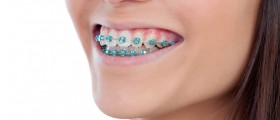
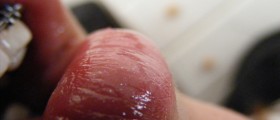
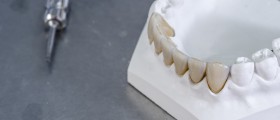

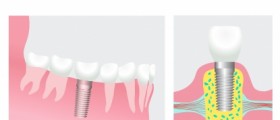



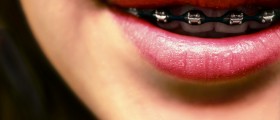

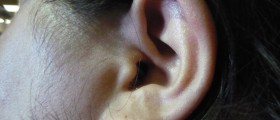


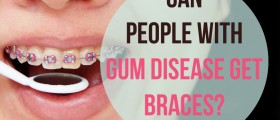
Your thoughts on this
Loading...